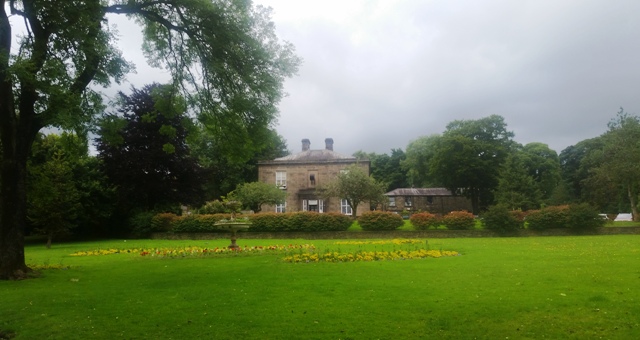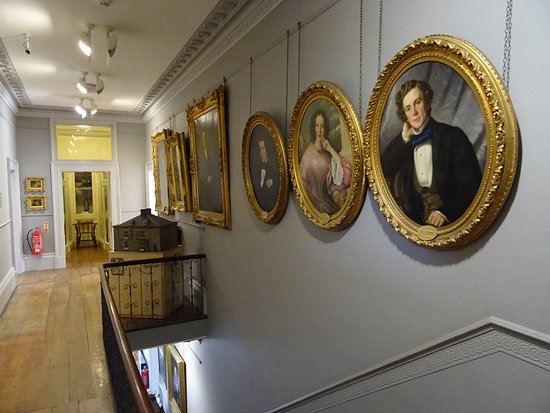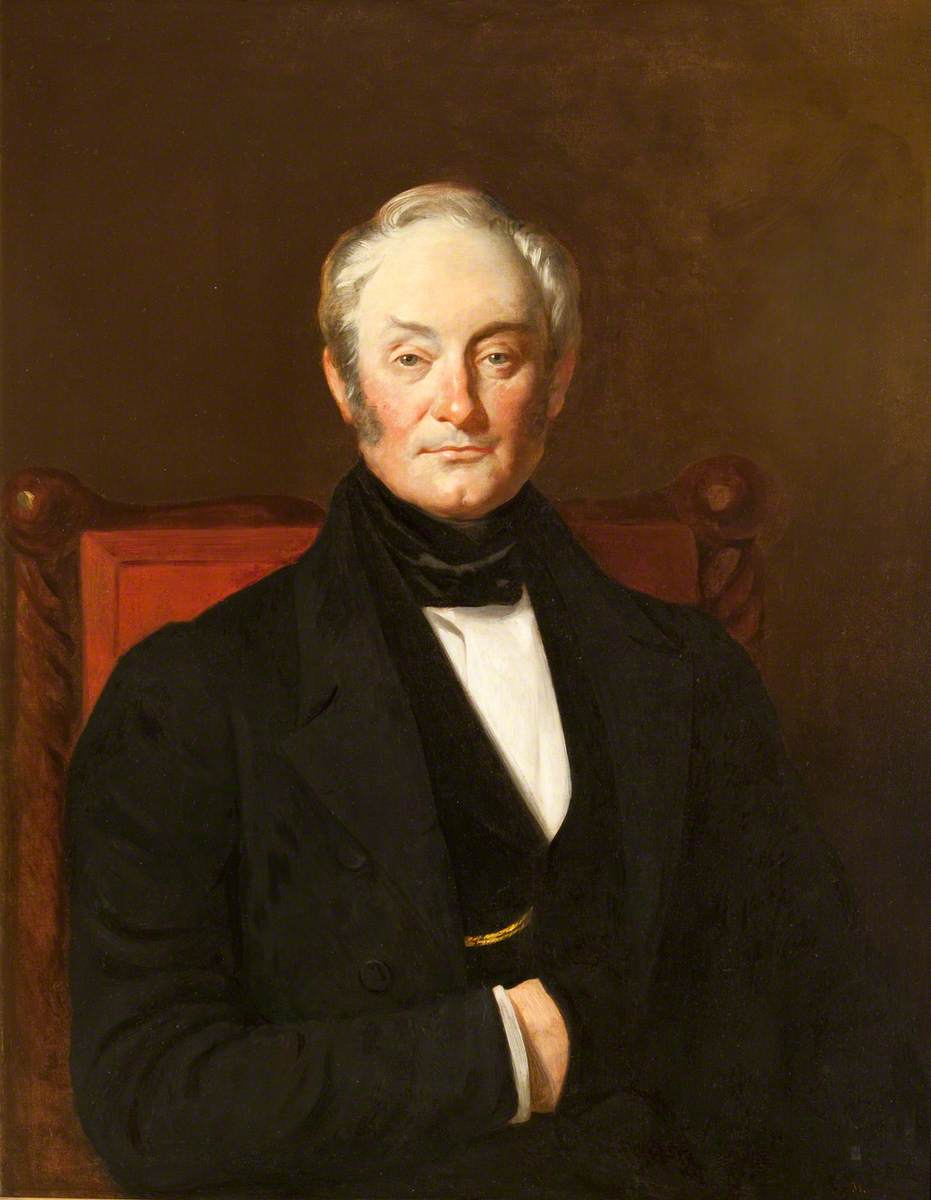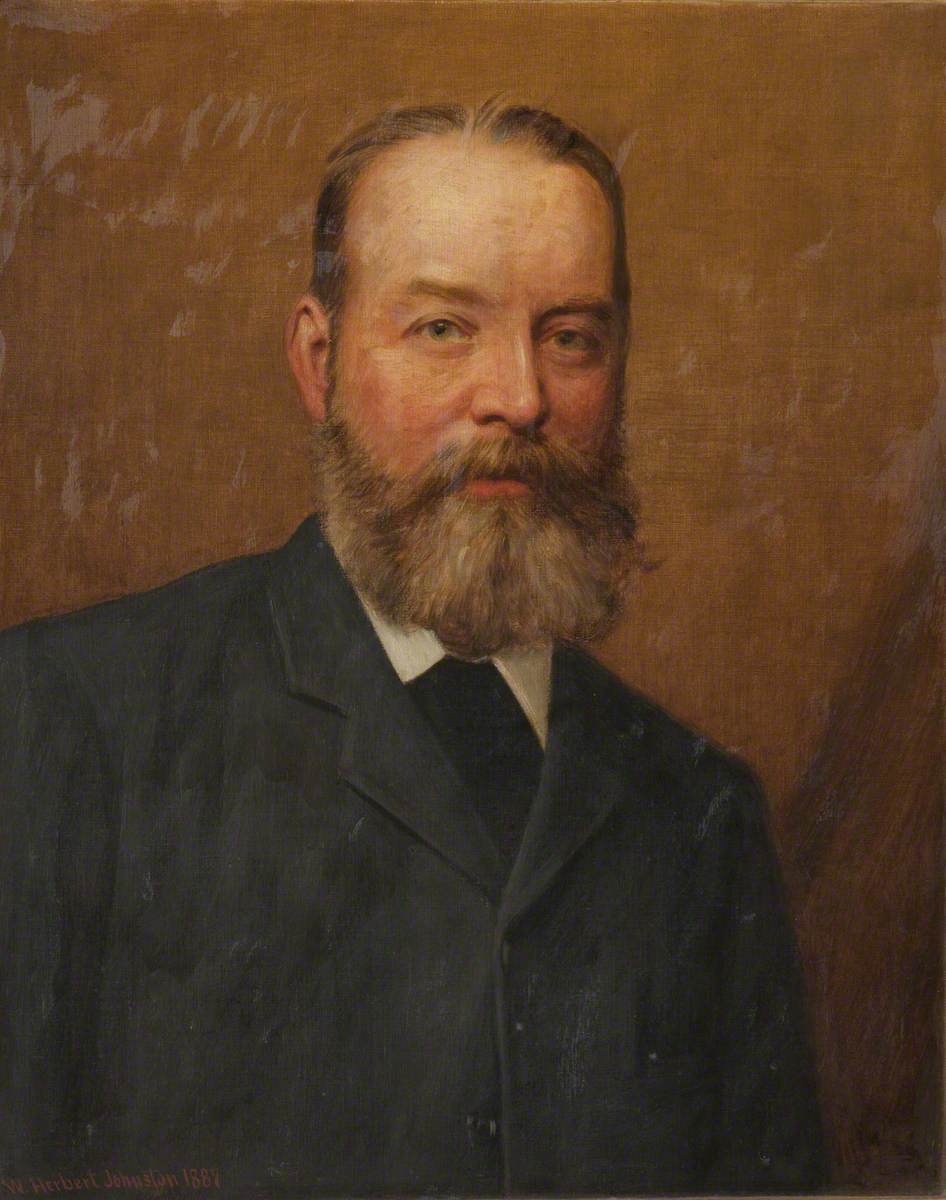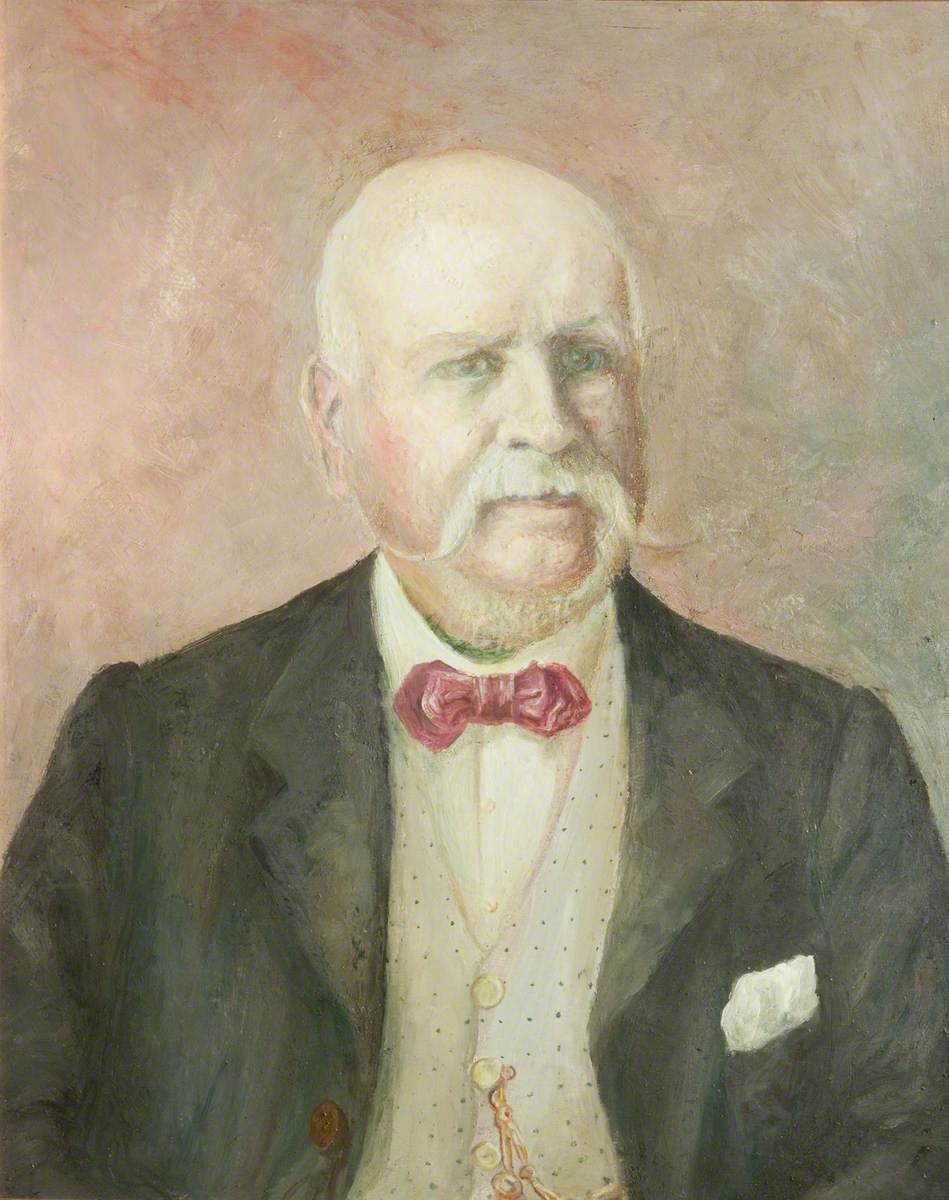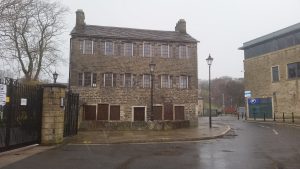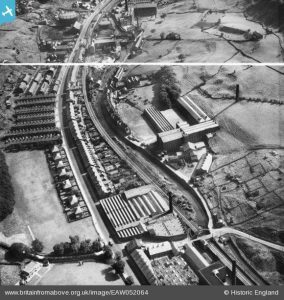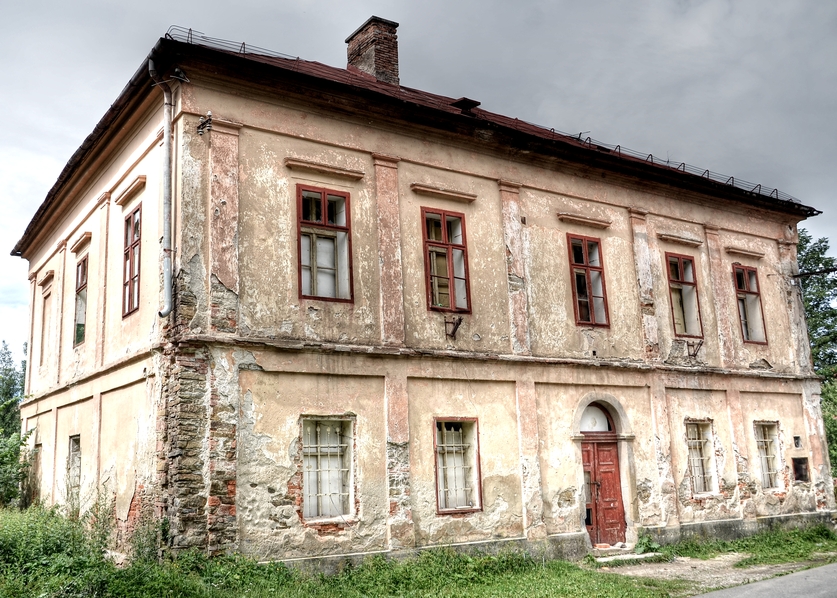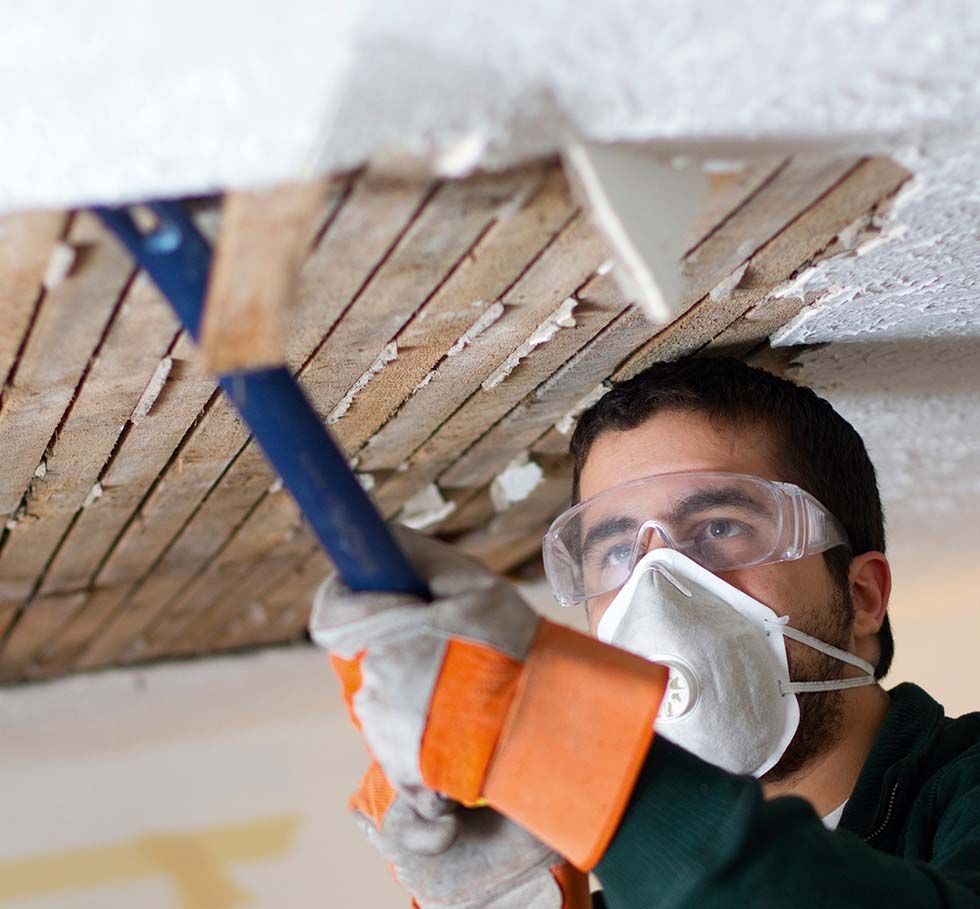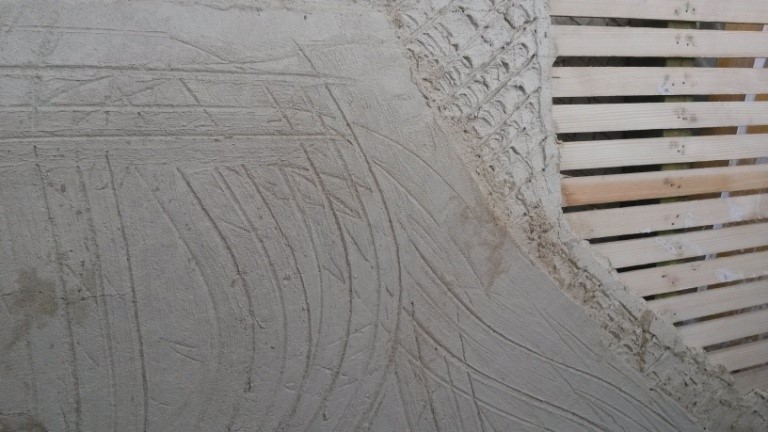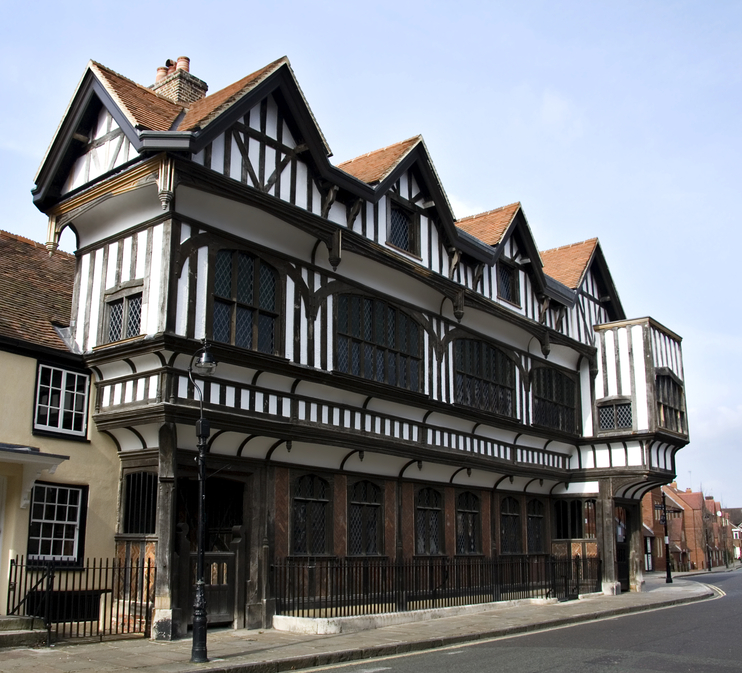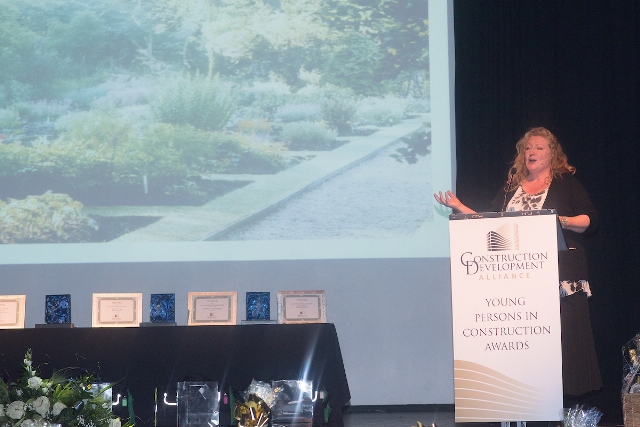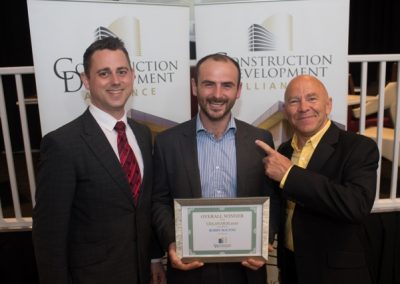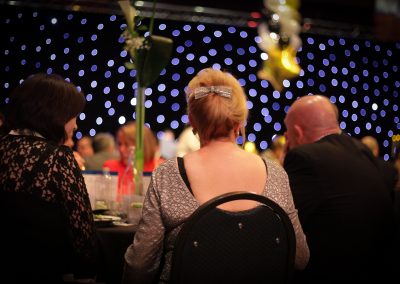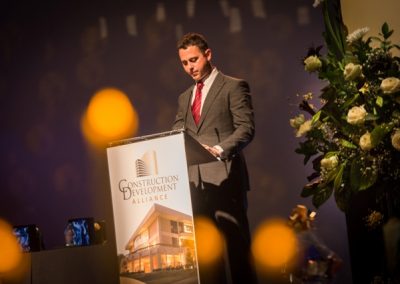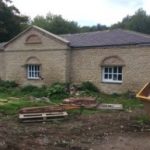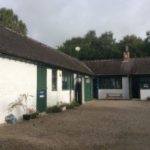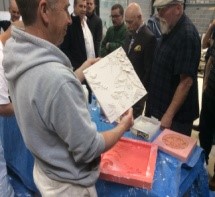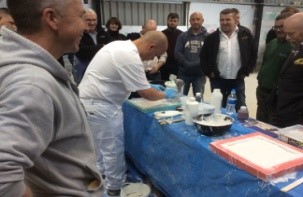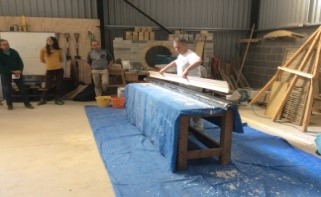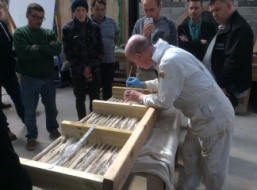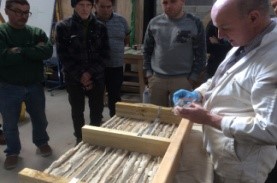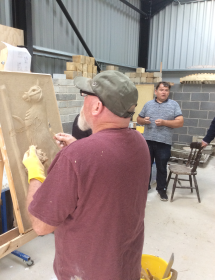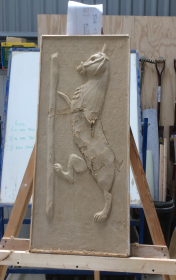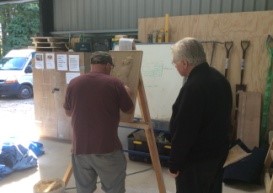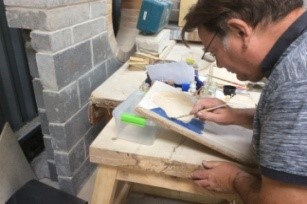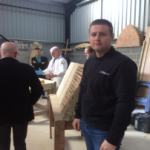What was the cottage originally used for?
The cottage name tells us that the main use was for Wool and/or silk weaving. Though known as the Weaver cottage, the main purpose of this building was the housing of the large loom machines, locally it could have been known as the loom shop.
Weaving was a trade common among the working people. Therefore the cottage work area’s were available to all the weavers in the province.
It seems like the designer had taken in the risks of this profession when they had planned this building. A good building design is necessary for specialised work.
You can see this in the used of windows so that the natural lighting would reduce the number of candles needed in the room, this will minimise the risk of possible fire. A fire was a major worry in the weaving business, just one spark could lose your livelihood and your home.
Some weavers employed their own or local children to assist with the weaving process as children could easily reach more difficult areas on the loom.
Until the introduction of the powered loom, this cottage would have been in constant use.
At the height of the industrial revolution, work in the mills was encouraged. With mills able to produce large quantities of fabric it became harder for those who worked in these cottages to earn a living.
As a result, the weaving profession began to be abandoned and more people began to work in the large cotton mills. Some of these mills can be found around Rawtenstall today, one is the Ilex mill next to the weavers cottage.
English weaving is a traditional skill among those in decline.
Resulting in the cottage workshop being left vacant, the large space was partitioned off to create homes. But, as more desirable homes were built, the weaver’s cottage again was empty.
Just outside The weavers cottage was the location of the first murder in Rossendale’s living history. The shocking murder of Nancy Chadwick in 1948. Find out more Click here.

